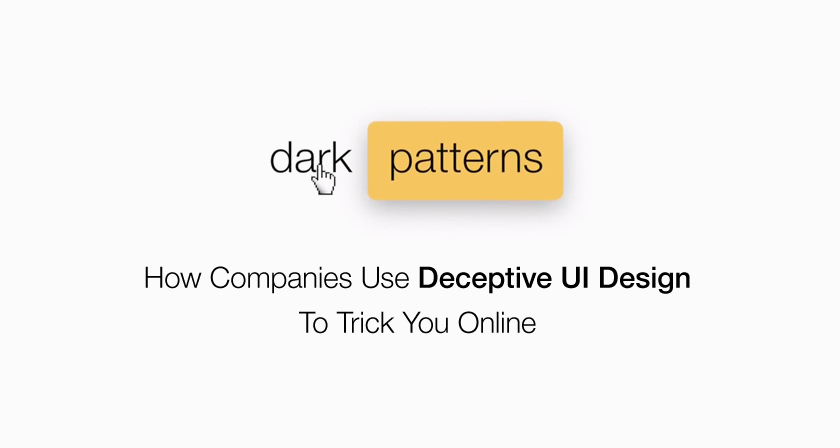What are deceptive patterns?
Deceptive patterns (also known as “dark patterns”) are tricks used in websites and apps that make you do things that you didn't mean to, like buying or signing up for something.
- Comparison Prevention: Obscures product comparisons through complex pricing or hidden features.
- Confirm-shaming: Uses emotional manipulation to coerce users into an action.
- Disguised Ads: Advertisements camouflaged as content or interface elements, misleading users.
- Fake Scarcity: Creates a false sense of limited availability to prompt immediate action.
- Fake Social Proof: Displays fabricated reviews or endorsements to boost perceived popularity or credibility.
- Fake Urgency: Imposes artificial time constraints to hasten user decisions.
- Forced Action: Requires users to perform an unwanted action to access desired functionality.
- Hard to Cancel: Makes subscription or service cancellation unnecessarily difficult.
- Hidden Costs: Reveals additional fees at the final stages of a transaction.
- Hidden Subscription: Enrolls users in recurring payments without clear disclosure or consent.
- Nagging: Interrupts user activity with persistent and unwanted requests or offers.
- Obstruction: Places barriers that complicate task completion or information access.
- Preselection: Influences choices by setting default options in favor of the service provider.
- Sneaking: Misleads users into transactions by withholding relevant information until commitment.
- Trick Wording: Utilizes confusing language to deceive users into unintended actions.
- Visual Interference: Distorts or hides information through misleading visual design.

Comments
Post a Comment